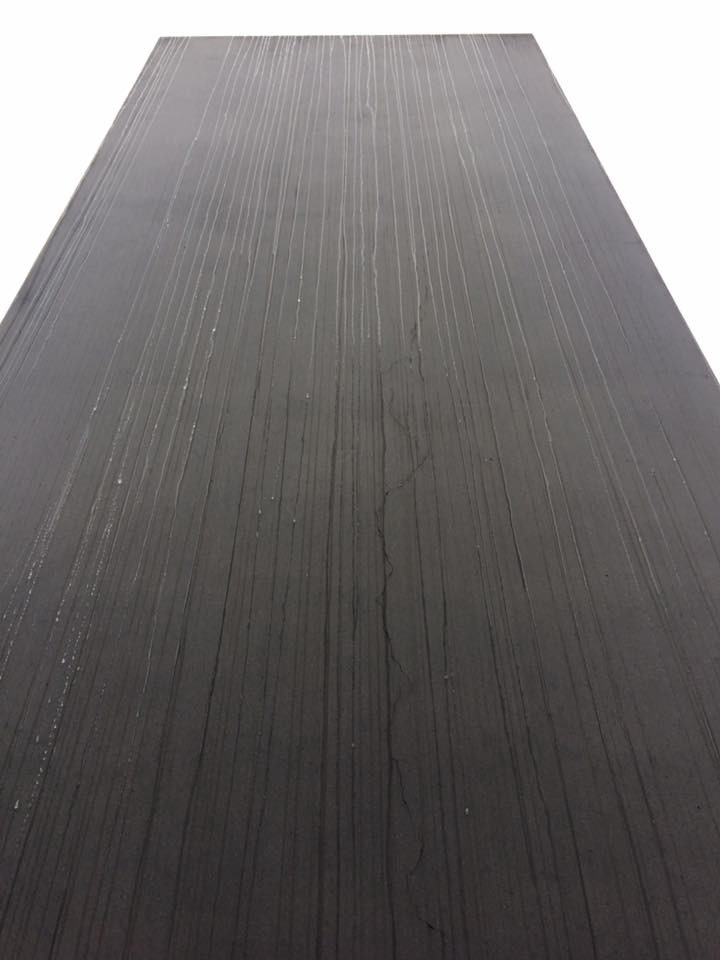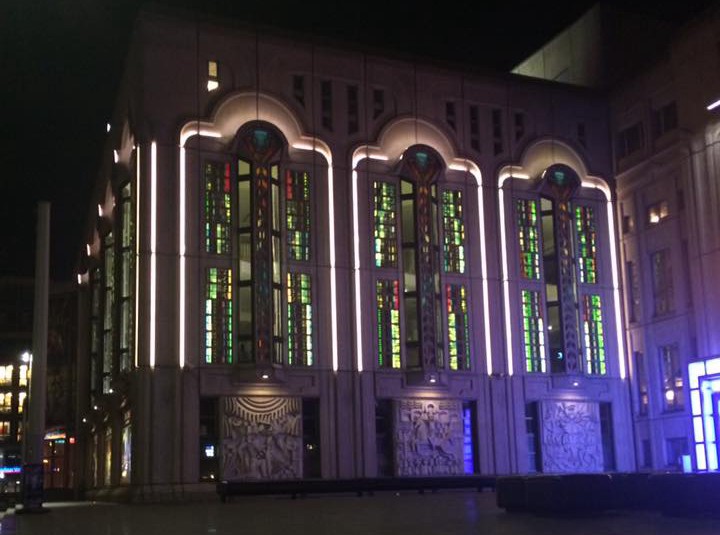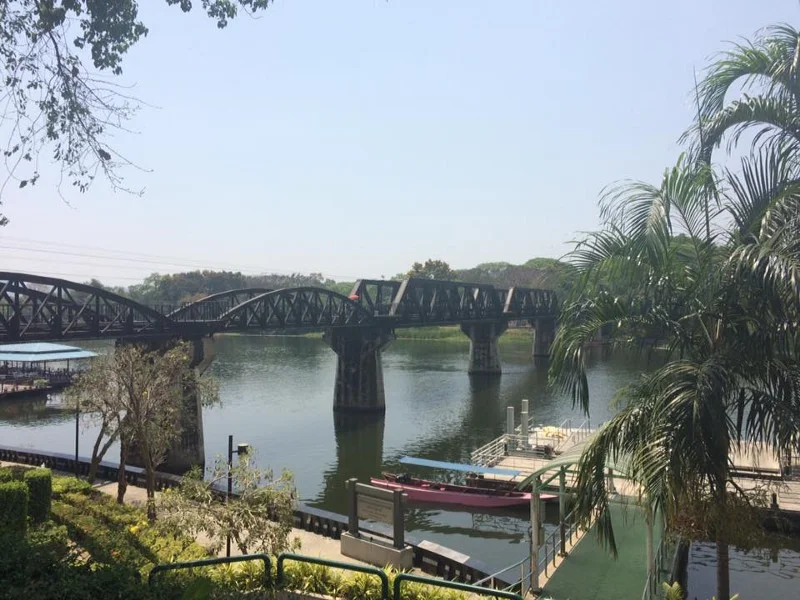Remembrance in Berlin
A fine city tells well its deep history
Berlin is a fine old city; it has an imperial history, yes, but no more so than London or Paris. Where it differs from those two is its irredeemable connection with two terrible totalitarian regimes during the last 85 years. They have covered Berlin in a sombre shroud which it wisely wears lightly.
The city does a nice line in melancholy memorials, from Checkpoint Charlie and the nearby preserved fragment of the Wall to the quietly disturbing Holocaust memorial, which draws you ever deeper into its silent passageways until you are surrounded by faceless ten-foot slabs of impassive concrete, wondering how you got here so quickly and so close to the bustle of the city. Then you remember how: because humans are capable of great creativity and great cruelty.
The Holocaust Memorial (technically the Memorial to the Murdered Jews of Europe). It occupies a fascinating place, geographically and historically: in what is now the embassy region, on what was once Hermann-Göring-Strasse.
One of the 2711 stelae (monoliths) at the Holocaust Memorial. Their heights range from 15 feet tall to mere inches; at the edges of the site, flat versions extend onto the surrounding pavements, the dead refusing to stay in their cemetery.
From the ‘Topography of Terror’ exhibition. I’m sure you can draw your own lines outwards from that first sentence.
Next to a collection of 19 panoramas showing historical photographs of the “death strip” no-man’s-land immediately behind the Berlin Wall, I noted these two characters larking about atop a Paralympics building.
The happy dude in the green hat is a beloved icon of the former East Germany: Ampelmännchen (literally Little Traffic Light Men), as designed by a traffic psychologist (oh yes) called Karl Peglau. He and his arms-wide red buddy are now a major souvenir meme.
Two huge constructions commissioned by powerful elites to inspire awe among the locals and jealousy among the rivals: the Berliner Dom (1905, Protestant, church) and the Fernsehturm (1969, Communist, TV tower). The former was the usual liturgical willy-waving, conceived as a response to the Catholic basilica of St Peter’s in Rome; the latter, designed to be reminiscent of Sputnik and to light up in Socialist red, was a giant single finger to the West.
History in layers. In 1981, the East German authorities unveiled this rather attractive cubed memorial to Jungkommuniste Herbert Raum for “brave deeds” and “eternal friendship with the Soviet Union”. In typical post-Wall Berliner style, this has now been unfussily augmented with a rather more balanced view, explained in four languages on plexiglass above the original inscription: Baum was part of a resistance cell which, in 1942, firebombed an anti-Soviet and anti-Semitic exhibition. Baum was captured and tortured to death; also executed were a dozen or so co-contributors (not all pro-Communist, but all bravely antifaschistischen), while the enraged Gestapo also arbitrarily arrested 500 or so Jews and executed half of them.
Berlin’s transport system is clean, cheap, reliable, historically informative and home to many a madman: one chap strode around in an army uniform barking into thin air. Above ground, Potsdamer Platz was bisected by the Wall and has been almost completely rebuilt since 1990: only one original building remains as the city has regrown in what was a wasteground.
This Berlin street has been named after Lewisham since Valentine’s Day 1972. Which rather suggests either a desperate present or a drunken bet.
Something indefinably European about this — not all as clearly signposted as the Germanic lettering on the “Bahnhof” sign high up on the sunward wall (and perhaps a little hard to discern on this evidence).
It’s worth keeping an eye out in Berlin. This cardboard cutout is not, as it may first appear, James T Kirk.
Ambling into East Berlin, much of which is still in flux, you can be tempted to view architecture as archaeology.
The Friedrichstadt-Palast. More recent than it looks — after a chequered history, it was last reopened in 1984.
Like many great cities (and some crap ones), Berlin looks especially good at night from near the water. Here’s the Reichstag, across the Spree.
Government buildings, presumably.
Saw these two waddling up the wood from the wet.
A modern-art sculpture park round the back of the Bundeskanzleramt (aka Angela’s Office).
Given Berlin’s knack for tasteful memorials, I thought this black monolith was another on the list. But as we walked past at 11am, it pleasingly pealed to mark the hour. Further investigation reveals it’s not a memorial but a birthday present, paid for by Daimler-Benz to mark Berlin’s 750th anniversary in 1987. It’s a carillon — a vast musical instrument containing 68 bells which some mad bastard sits amid, punching and kicking pedals to play the 5.5-octave range.
The Soviet War Memorial. The final push on Berlin lasted just over a fortnight; 80,000 Red Army soldiers were killed.
The wall didn’t work. (The round bits on top were designed to make it climber-proof. The East Germans trialled about 75 types of wall before finding the one that worked best.)
A Soviet tank at the war memorial; I neither know nor care what type it is. Nor, presumably, do the three little birds between me and it, minding their business atop the hedge. Darkly amusingly, this memorial — and thus these tanks — were about 100 yards to the West Berlin side of the wall.
The Urania Weltzeituhr (World Clock) in Alexanderplatz, former East Berlin. Bonkers: a metal wheel with 148 city names, below an ever-spinning representation of the planets in the solar system. Built in 1969 as part of the Alexanderplatz reconstruction, it became a favoured meeting point — as clocks do, whatever the political system.
A last look at the Fernsehturm TV tower. You can go up it — there’s a bar and a restaurant — but we had to go higher, on a plane back to Heathrow.
Originally published on Facebook, 21 Feb 2017.





























